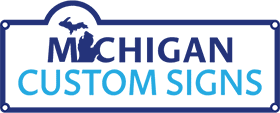Introduction
In today’s digital age, the fusion of online design with tangible printed materials has become a vital component for effective branding. This guide explains how to bridge the gap between digital and print, ensuring your designs remain stunning both on screen and in hand.
The Intersection of Digital and Printed Design
Digital designs lay the foundation of creative expression, while printed materials provide the lasting physical presence that strengthens brand identity. Understanding the differences in color profiles, resolution, and file formats is essential when transitioning from digital to print.
Key Considerations in Designing for Print
- Color Profiles & Printing Techniques: Ensure your digital work is created using the appropriate CMYK settings to maintain color consistency.
- Material Selection: The choice of paper or substrate greatly influences the final look and durability of printed materials.
- Layout & Typography: A well-organized layout and readable typography are crucial for effective printed communication.
By paying attention to these details, designers can create print-ready materials that retain the high-quality look of their digital counterparts.
Enhancing Your Print Media with Custom Designs
Custom printed materials serve as powerful marketing tools that deliver your message with impact. For a deeper understanding of how precision and creativity merge in printed designs,
explore our custom signage solutions to see how Michigan Custom Signs crafts visually appealing, durable printed materials that elevate branding.
Conclusion
Bridging the digital and tangible realms is all about maintaining design integrity and ensuring quality in every step of the printed process. Whether it’s business cards, posters, or large-scale banners, a keen eye for detail results in memorable printed outcomes.

